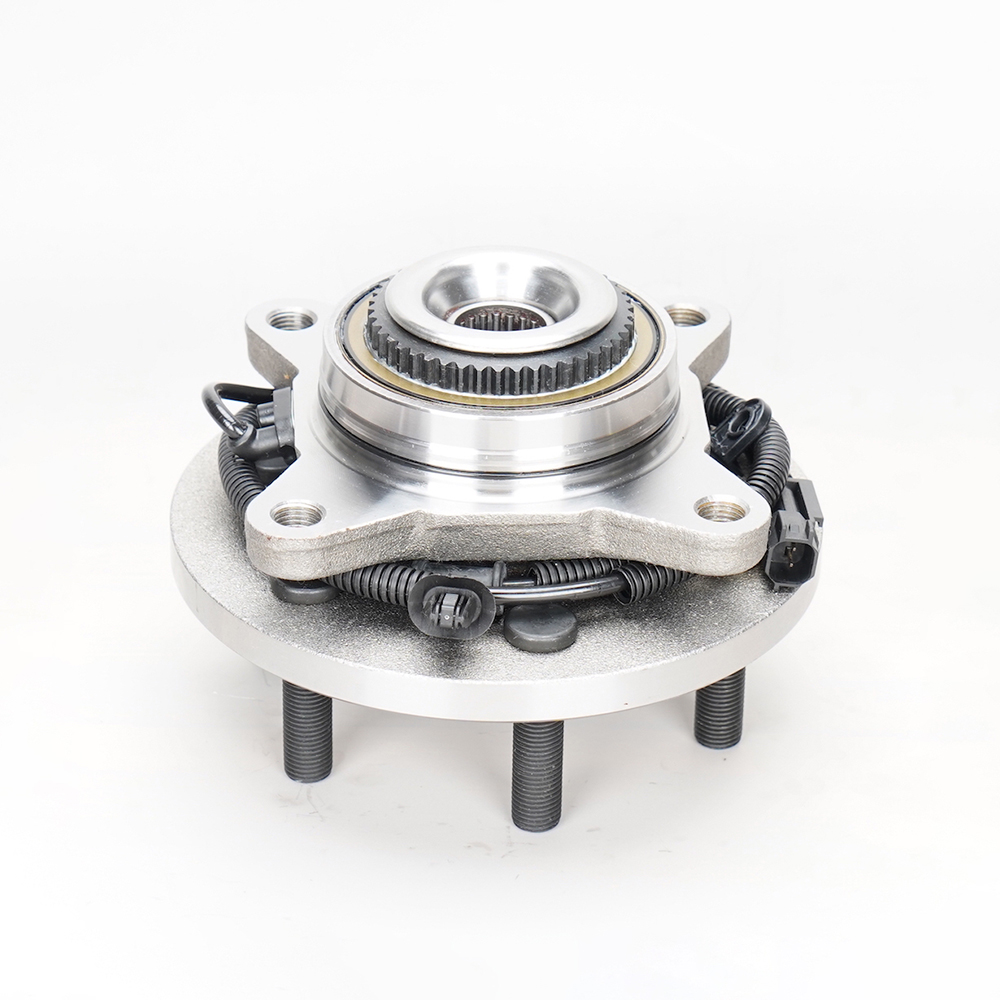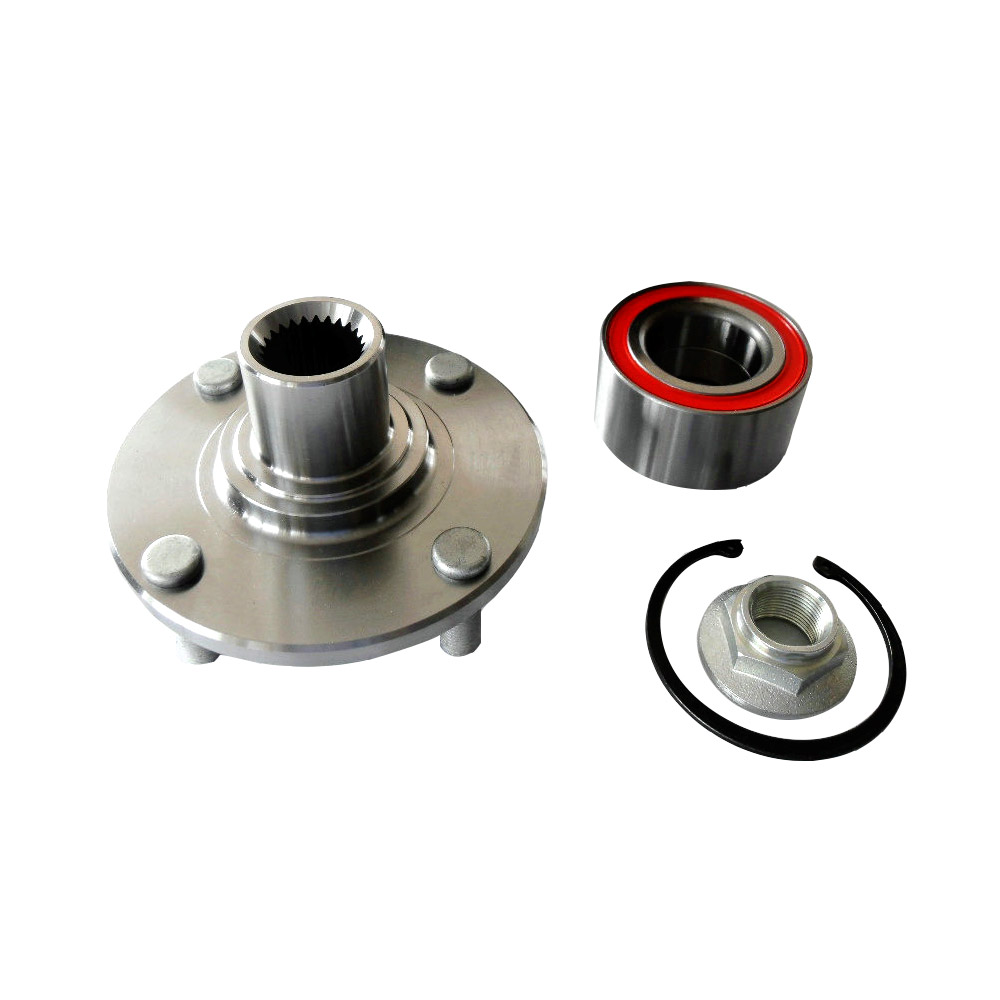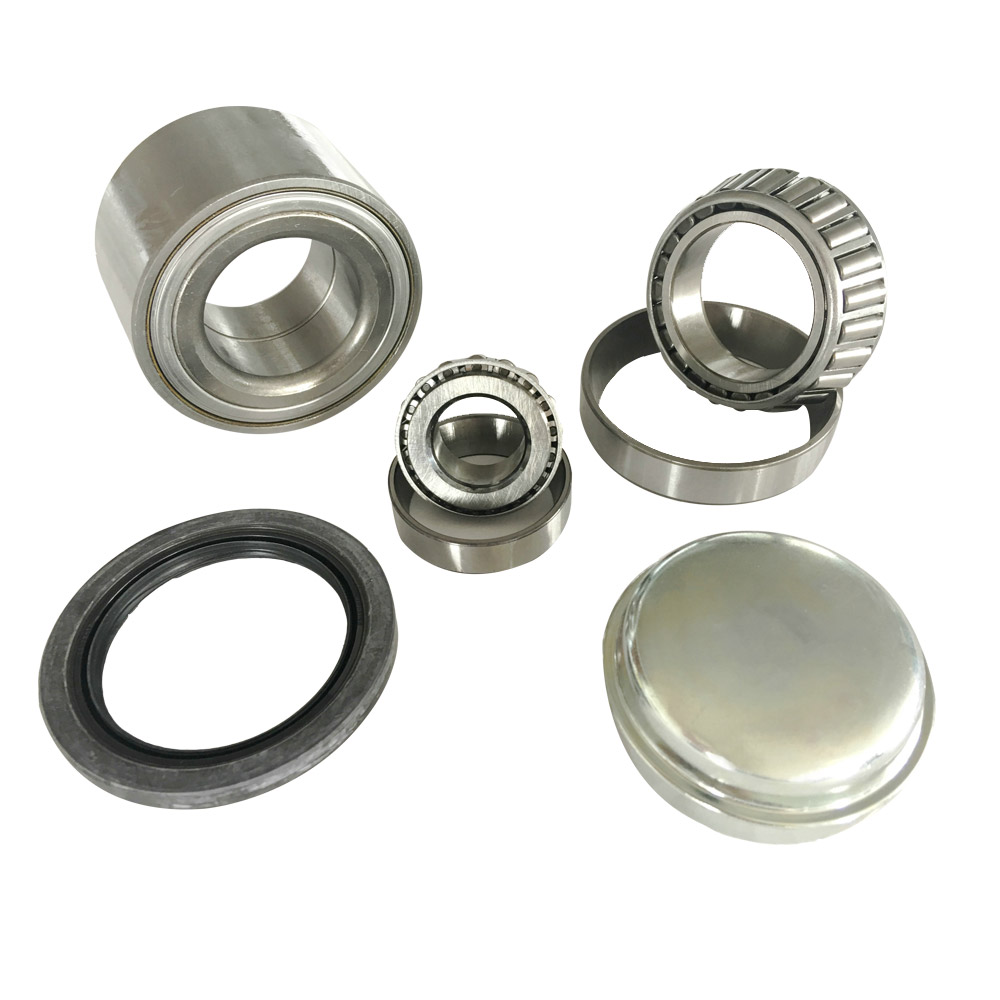In the vehicle's structural system, the wheel bearing hub assembly unit plays a vital role. It not only connects the wheel hub to the suspension system, but also carries the entire load when the wheel rotates. It is a key component to ensure the smooth and safe operation of the vehicle. However, with the increase in mileage or the influence of bad road conditions, the wheel hub bearing assembly will also age and be damaged.
Timely identification of early fault signals of the wheel hub bearing assembly can help car owners avoid more serious mechanical damage and driving safety hazards. This article will systematically introduce the common signs of wheel hub bearing assembly damage, and provide corresponding judgment methods and treatment suggestions.
1. Abnormal noise - the most intuitive alarm method
Manifestation:
Continuous "buzzing", "humming" or metal friction sound during driving
The sound will intensify with the change of vehicle speed
The abnormal sound is more obvious when turning
Cause analysis:
The ball or raceway in the wheel hub bearing produces abnormal noise due to wear and grease loss, which is one of the most typical early warning signals. If ignored continuously, it may cause the bearing to get stuck or even the wheel to come loose, which is extremely dangerous.
2. Steering wheel vibration or unstable control
Manifestation:
The steering wheel shakes slightly when driving at high speed
Feeling "drifting" or inaccurate direction when turning
The body slightly deflects or decelerates asymmetrically when braking
Cause analysis:
The connection between the hub bearing and the wheel is loose or the gap is too large, which will affect the contact between the wheel and the ground, thereby interfering with the straight-line stability and control feel of the vehicle.
3. Abnormal tire wear
Manifestation:
The wear speed of the tire on one side is significantly accelerated
Irregular spot wear or eccentric wear of the tire
Cause analysis:
The wheel inclination is abnormal due to the failure of the hub bearing, which will cause uneven force distribution between the tire and the ground, resulting in eccentric wear. If not repaired in time, it will not only damage the tire life, but also may affect the braking system and suspension geometry.
4. ABS warning light is on
Manifestation:
The ABS (anti-lock braking system) warning light on the dashboard is always on
Some models may be accompanied by a brake system alarm
Cause analysis:
The modern wheel hub bearing assembly is embedded with an ABS sensor. If the bearing is damaged or the internal magnetic ring is deformed, the ABS system data reading will be abnormal, thereby triggering a fault prompt.
5. Looseness or offset is found during manual inspection
Inspection method:
Put the vehicle up, hold the tire with both hands and shake it left and right
If obvious shaking is found, it is likely that the bearing or wheel hub clearance is abnormal
Tip:
This method is recommended to be performed by maintenance personnel, and safety should be paid attention to during operation.
6. Abnormal response of the brake system
Manifestation:
Delay or "floating" when braking
The brake pedal feels loose or cannot stop the car
There is a metal friction sound when braking
Cause analysis:
Due to the change in the fixed position relationship between the wheel hub and the brake disc, the contact angle between the brake pad and the brake disc is affected, resulting in a decrease in braking performance.
7. Slight increase in fuel consumption
Manifestation:
No obvious acceleration, but fuel consumption is higher than before
The sense of driving resistance is enhanced, and it feels like "trailer"
Cause analysis:
Damaged bearings will produce greater rotational resistance, causing the engine to output additional power to maintain normal driving, which indirectly causes increased fuel consumption.
Generally speaking, the service life of wheel hub bearings is 80,000 to 150,000 kilometers, depending on the vehicle brand, driving habits and road conditions. If any of the above signs appear, it is recommended to go to a regular repair station for inspection and replacement as soon as possible. Nowadays, most models use an integrated bearing assembly structure. After damage, the bearing cannot be replaced separately, and the assembly can only be replaced as a whole.
Although the wheel hub bearing assembly is small, it is related to the driving safety and stability of the entire vehicle. By timely observing signs such as abnormal noise, control changes, and tire wear, car owners can take measures at the early stage of the fault to avoid higher maintenance costs and safety risks.
Regular maintenance and inspection of the wheel hub system is a necessary guarantee for every car owner to travel safely. If an abnormality is found, do not take chances, and should be repaired or replaced immediately to ensure worry-free driving.







